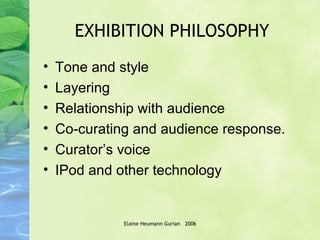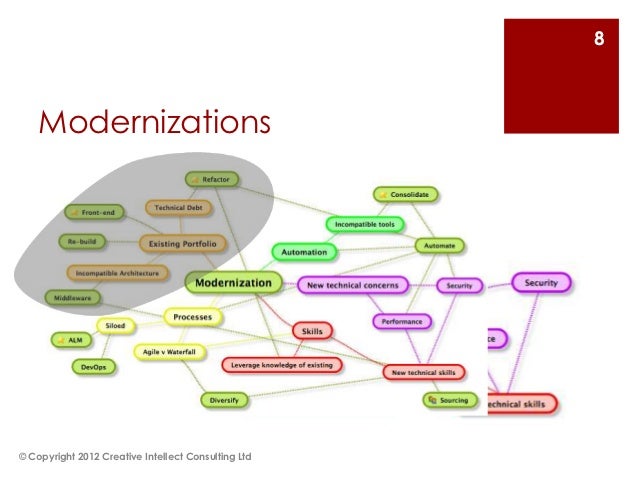What Are The Architectural Considerations For Designing Sustainable Museums?

When seeking to build a museum, there are a multitude of considerations you must take into account. While it can be tempting to focus solely on the content and exhibits of the museum, it is just as important to give adequate attention to the building itself. From site selection to layout, here are some of the key architectural considerations you should keep in mind.
Site Selection
The first major architectural consideration when building a museum is choosing a suitable site. This requires a thorough evaluation of the potential site's location, accessibility, and size.
Location is key because it impacts the museum's visibility, visitors' ability to find it, and the overall experience of visiting. A location in a well-known, highly trafficked area can help attract visitors and increase visibility. However, this may also come with higher costs and greater competition.
In addition to location, accessibility is another important factor to consider. Visitors should be able to easily reach the museum by public transit, car, or foot. The site should also provide adequate parking and be compliant with accessibility laws. Additionally, the size of the site is an essential consideration. The site should be large enough to accommodate the museum's intended size, while also allowing for the necessary physical space around the building.
Layout
The layout of the museum is another critical architectural consideration. It should be organized in a way that enhances the visitor's experience and makes it easy to navigate the space. It should also be designed to accommodate potential exhibit changes and updates.
One common layout for museums is a linear path that leads visitors through the exhibits. This is often used for smaller museums with limited space. Larger museums may have a more complex layout that includes multiple paths, levels, or zones. These layouts can enhance the visitor's experience by providing unique spaces and perspectives.
Another consideration in layout is lighting. Proper lighting can enhance the visitor's experience and highlight the exhibits. It can also help to protect and preserve the artifacts on display. Different types of lighting can be used to create different moods and atmospheres.
Materials
Materials are another key consideration in the construction of a museum. Careful selection of materials can help protect the exhibits, create a visually stunning space, and enhance the visitor's experience.
One primary consideration is building materials. High-quality materials are durable and long-lasting, reducing the need for costly maintenance and repairs. Additionally, materials that are low in toxicity can help preserve the museum's exhibits. These materials can also help maintain the air quality inside the museum, reducing the risk of damage to the collections.
Materials can also be used to create unique visual and tactile experiences for visitors. For example, the use of different textures and patterns can create a more immersive experience. The contrast of materials can also be used to create interesting visual effects.
Sustainability
Sustainability is an increasingly important consideration in many industries, and museums are no exception. Designing a sustainable museum can help reduce environmental impact, lower costs, and enhance the visitor's experience.
One critical element of sustainability is energy efficiency. Using energy-efficient lighting and HVAC systems can reduce the building's energy usage and carbon footprint. Additionally, the use of renewable energy sources, like solar panels, can further reduce the building's impact on the environment.
Another important consideration is water use. Reducing water consumption can not only save money but also help to conserve a precious resource. Using low-flow toilets and faucets and implementing water-efficient landscaping can help in this regard.
Acoustics
Acoustics are another important consideration in museum design. Sound can impact the visitor's experience and the preservation of the exhibits.
One key consideration is ambient noise. Traffic noise, construction noise, and other ambient sounds can be disruptive to visitors and make it difficult to hear audio displays. To address this, museum designers should take steps to reduce ambient noise through the use of sound-absorbing materials, strategic placement of doors and windows, and sound barriers.
Another consideration is sound isolation. Exhibits that involve sound can be disruptive to other visitors in the museum. Proper sound isolation can help minimize this disruption and provide a more immersive experience for those using the exhibit.
Security
The final consideration in museum design is security. This includes both the physical security of the building and the security of the exhibits housed inside.
Physical security measures can include the use of surveillance cameras, security personnel, and automatic locking systems. These measures can deter theft and vandalism and increase the safety of the building and visitors.
Security measures for exhibits can include the use of cases, alarms, and temperature and humidity control. These measures can help protect fragile artifacts and prevent damage from environmental factors.
Conclusion
Building a successful museum requires careful attention to several key architectural considerations. From site selection to materials to sustainability, each consideration plays a vital role in creating an engaging and safe museum experience for visitors.
While these considerations may seem overwhelming, they are also an opportunity to create a truly unique and memorable museum. With proper planning and attention to detail, you can create a space that is both visually stunning and functional, and that provides a great experience for all who visit.
FAQ
What is the most important consideration when building a museum?
The most important consideration when building a museum depends largely on the museum's goals and objectives. However, a suitable site and layout are two of the most critical considerations that impact the visitor's experience.
How can I make my museum more sustainable?
There are several steps you can take to make your museum more sustainable. These include using energy-efficient lighting and HVAC systems, reducing water consumption, and using renewable energy sources, like solar panels.
What security measures should I consider for my museum?
Physical security measures, like surveillance cameras and security personnel, are essential for protecting the museum building and visitors. Additionally, security measures for exhibits can include the use of cases, alarms, and temperature and humidity control.




Post a Comment for "What Are The Architectural Considerations For Designing Sustainable Museums?"